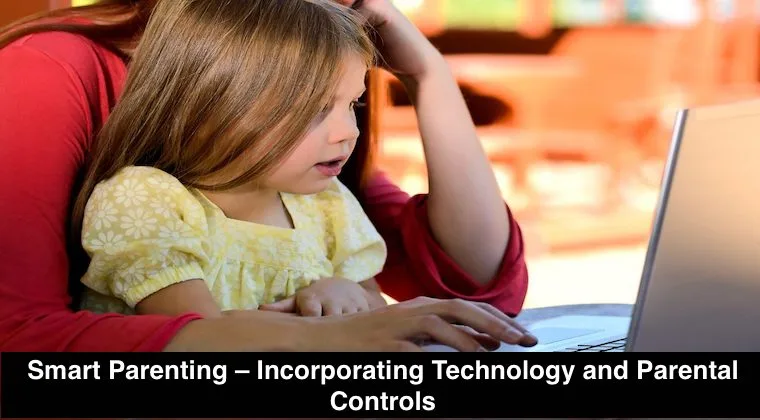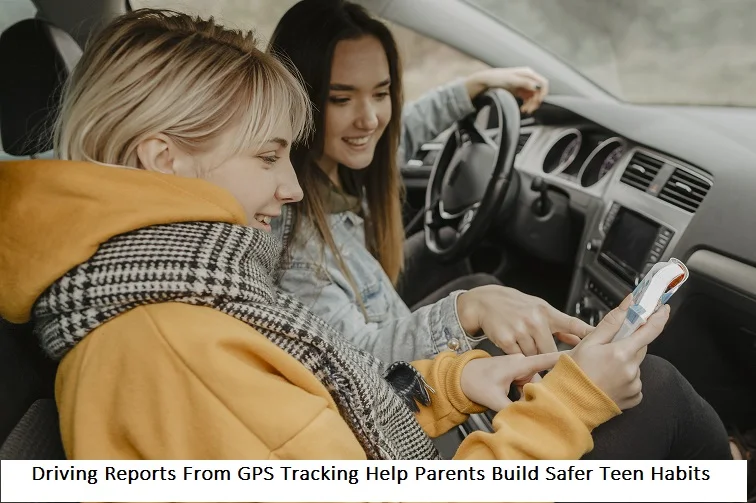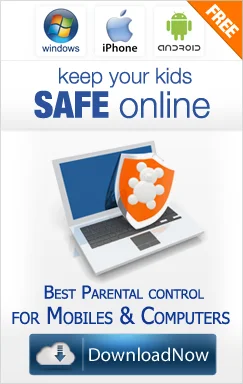+1 845 259 2974 (11 a.m to 7 p.m CST)
Smart Parenting: Incorporating Technology and Parental Controls

In an era where digital devices are integral to our lives, smart parenting becomes essential for a child’s holistic development. Parents face the challenge of using traditional upbringing methods with innovative solutions facilitated by technology. The old methods used by their parents might be there in their minds as the perfect ones, but do they work anymore?
As the generations change, so does the time. Nowadays, if you use old traditional methods on your kids, they might drift away from you. These are the kids of the digital era, and if you are not up to date with the digital world, you will be left behind. Not only will you be distant from the things happening around, but you might also not be able to connect with your kids at all.
Let’s see how incorporating technology and parental controls can serve as smart parenting strategies to foster and boost a child’s development. For the good of kids, you need to be a smart parent.
Understanding Smart Parenting
Smart parenting is a multifaceted approach that combines traditional parenting wisdom with modern technological tools to cultivate a nurturing environment for child development. This is about changing the old patterns and learning about the new ways to connect with your kids.
It involves:
- Adaptation: Adjusting parenting techniques with evolving technology.
- Education: Learning and teaching about responsible technology use.
- Communication: Maintaining open dialogues about online safety and digital etiquette.
Smart parenting is about finding the right balance between being communicative with your kids and putting limitations on them. You don’t want them to go away neither do you want them to get trapped in the online world. So, smart parenting is the only way to cultivate good things in your kid and protecting them as well.
The Relevance of Technology in Child Development
Technology is not all wrong or bad. Technology can help your kid achieve what they cannot achieve through traditional learning. So, first it is very important to understand that technology can help your kids to do much better in their education and development.
Educational Platforms and Apps
The advent of various educational platforms and apps has revolutionized learning. These tools:
- Offer personalized learning experiences.
- Facilitate access to a vast array of information.
- Encourage interactive and engaging learning methods.
Enhancing Cognitive and Motor Skills
Interactive games and applications are designed to:
- Improve problem-solving abilities.
- Develop hand-eye coordination.
- Foster creativity and innovative thinking.
Parental Controls: Safeguarding Digital Experiences
In the era of unrestricted access to information, parental controls act as guardians of the digital realm. These apps can help you keep the balance that you cannot do on your own. They:
- Protect children from harmful content.
- Monitor online activities and interactions.
- Control screen time and app usage.
Application of Parental Controls
Many parents are still concerned about the use of parental controls. They need to know how these apps can help them keep their child in check and protected. Here are some of the applications of good parental control app:
- Content Filters: Block access to inappropriate websites and content.
- Usage Limiters: Set limits on screen time and app usage.
- Monitoring Tools: Track online activities and social media interactions.
- Location Trackers: Keep tabs on the child’s location for safety.
Strategies to Incorporate Technology In to Child’s Development
Here are various intelligent approaches to effectively integrate technology into kids' developmental stages, enhancing their skills and preparing them for a digital future.
Personalized Learning Environments
Adaptive Educational Platforms
- Customization: Tailored learning experiences that adapt to each child’s pace and learning style.
- Diverse Content: Access to a wide array of subjects, catering to varied interests and abilities.
- Progress Tracking: Tools for monitoring development and identifying areas for improvement.
Gamified Learning
- Engagement and Motivation: Game elements like points and rewards to maintain interest.
- Cognitive Development: Challenges and puzzles that promote problem-solving and critical thinking.
- Social Interaction: Multiplayer games that encourage communication and teamwork.
Balancing Screen Time
- Scheduled Tech Time: Defined hours for technology use, promoting balanced habits.
- Activity Diversification: Alternating screen time with physical activities and socialization.
- Consistency and Routine: Regular patterns to foster a sense of responsibility and self-control.
Monitoring and Control
- Parental Control Apps: Tools to limit screen time and access to apps.
- Activity Reports: Insights into usage patterns to adjust boundaries accordingly.
- Open Communication: Discussing screen time rules and the reasons behind them.
Encouraging Creative Use of Technology
Digital Creation Tools
- Art and Design Apps: Platforms for drawing, designing, and artistic expression.
- Music and Sound Editing: Apps for creating, editing, and exploring music and sounds.
- Video Production: Tools for shooting, editing, and sharing videos.
Interactive and Collaborative Platforms
- Project-Based Learning: Online platforms that support collaborative projects and learning.
- Social Media for Education: Safe, monitored platforms for sharing creations and receiving feedback.
- Virtual Workshops and Classes: Opportunities for learning new skills and interacting with experts.
Cyber Safety Education
Digital Literacy
- Online Etiquette and Respect: Teaching kids about respectful online interactions and avoiding cyberbullying.
- Privacy and Security: Education on protecting personal information and recognizing online threats.
- Critical Evaluation: Skills to assess the credibility of online information and sources.
Parental Guidance and Involvement
- Open Dialogue: Regular conversations about online experiences, challenges, and safety.
- Setting Examples: Demonstrating responsible digital behavior as role models.
- Reporting and Addressing Issues: Encouraging kids to report concerns and addressing them promptly.
Communication: The Pillar of Smart Parenting
Establishing an environment where children feel comfortable discussing their online experiences and concerns is crucial. It involves:
- Regularly talking about online risks and safety measures.
- Addressing concerns and incidents promptly and constructively.
- Encouraging children to share their online experiences openly.
Smart parenting entails guiding children through digital dilemmas by:
- Discussing potential online scenarios and appropriate responses.
- Educating about the repercussions of online actions.
- Reinforcing the values of empathy and respect in digital communication.
Smart Parenting necessitates a harmonious blend of traditional values and modern technological tools. By integrating technology and parental controls judiciously, parents can create a secure and enriching digital environment for their children’s development.
The journey involves continuous learning, adaptation, and communication to navigate the complexities of the digital world and empower children with the skills and values needed for a successful future.


















